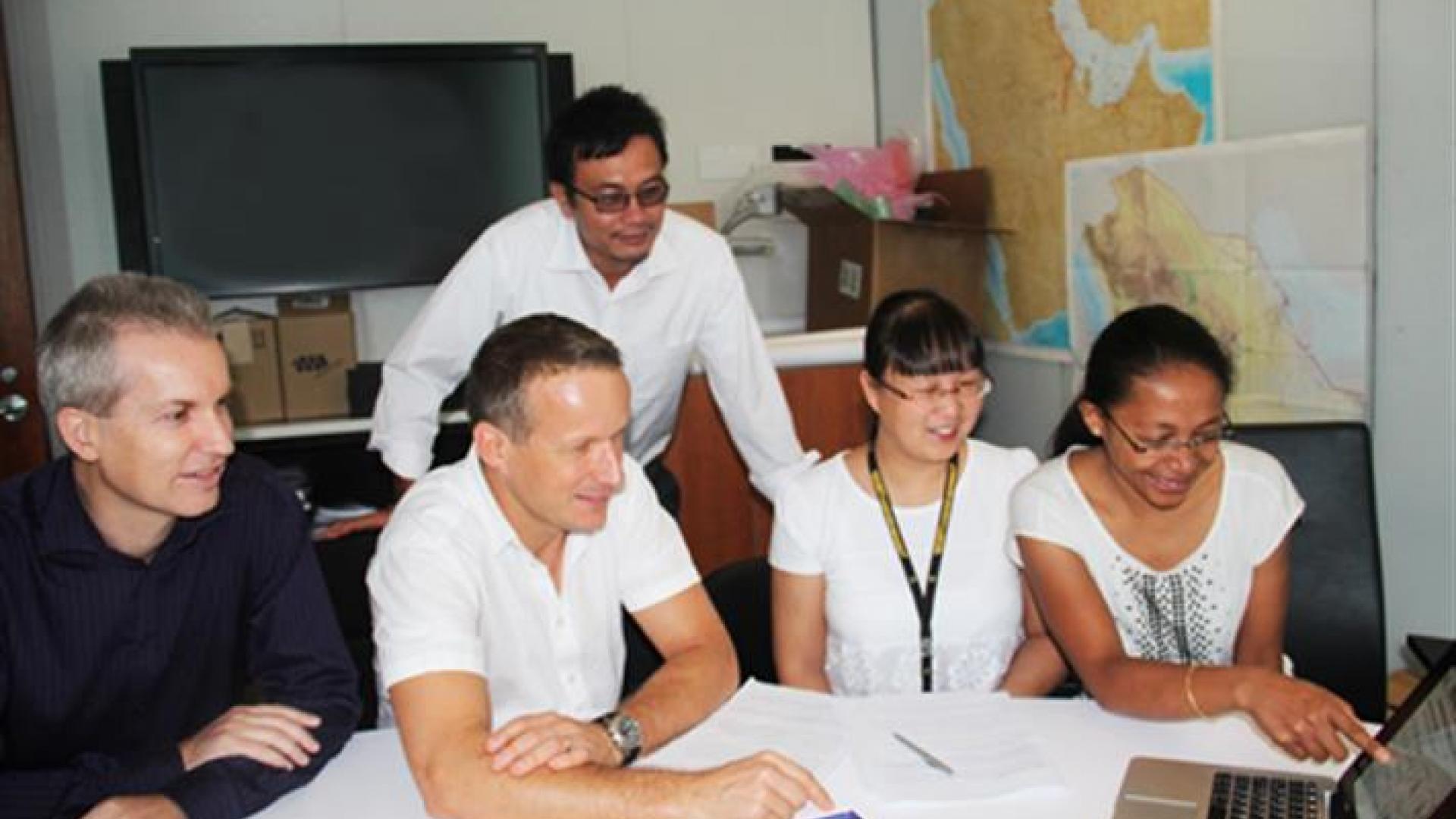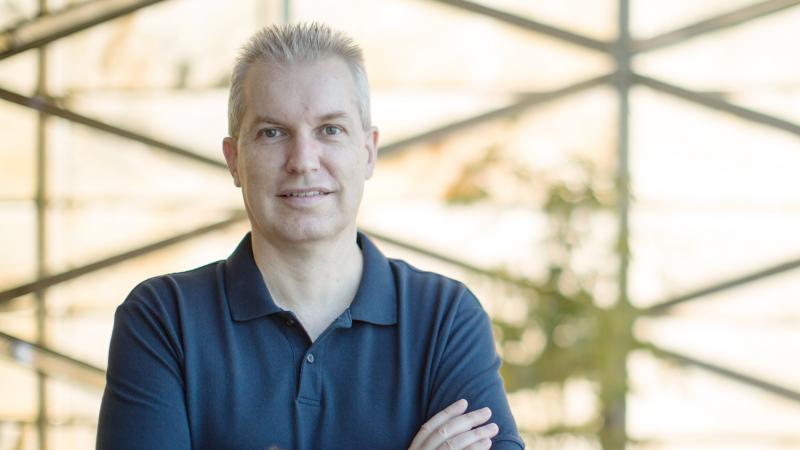For KAUST research assistant Dr. Ling Zhang and Ph.D. student Hoby Razafindrakoto, a class in statistics the two took together on campus was a serendipitous event.
"Hoby and Ling came to my spatial statistics class in the spring of 2013," explained Marc Genton, Professor of Statistics in the Computer, Electrical and Mathematical Science and Engineering Division. "They had to do a project for the class, and their project morphed into a collaboration that produced two papers and an online tool for uncertainty quantification in earthquake source modeling."
The group effort included P. Martin Mai, Professor of Earth Science and Engineering in the Physical Science and Engineering Division, and KAUST postdoctoral fellow Dr. Kiran Thingbaijam.
The researchers' work was published recently in Geophysical Journal International [DOIs: 10.1093/gji/ggu383; 10.1093/gji/ggv088], and their tool is accessible at equake-rc.info, a website hosted by SIV, the international collaboration on Source Inversion Validation for earthquake rupture imaging.
New Tool Developed
"We developed a ranking tool based on statistical techniques that is able to classify any 2D field scientists try to model. In geoscience, this could be temperature or precipitation, for example," said Hoby. "However, our case is unique because we apply the tool to compare 2D fields describing the earthquake source process."
Inferring an earthquake rupture model from seismic and geodetic data is challenging because the models exhibit "remarkable variability," Ling noted. These variations occur because of uncertainties in modeling assumptions, the use of different inversion algorithms, or differences in data selection and processing.
Read the full article

